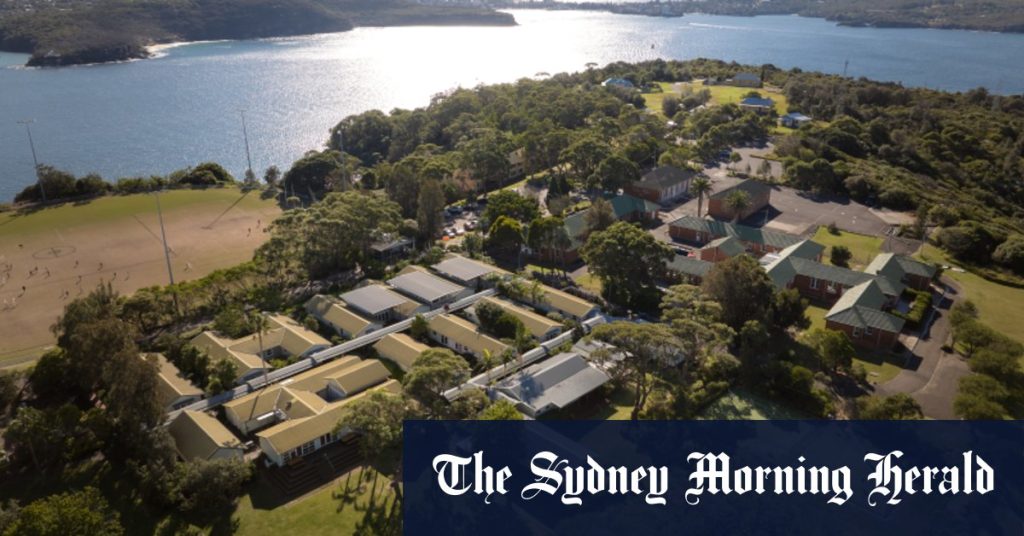Heritage protections in Sydney have been a point of contention, with some suburbs having strict protections while others are subject to major redevelopment every few decades. The Herald has highlighted the need to reexamine these protections in light of the city’s housing crisis. Inner West Council, for example, found that 43% of its municipality was under heritage protection, making development difficult and expensive in certain areas. In contrast, many western Sydney councils have little to no heritage protection in place. Balancing the preservation of heritage with the needs of future generations is a challenge that Sydney, and other cities, must navigate.
One specific example of this debate is the proposed redevelopment of a toilet block at Middle Head in Mosman. The council wants to replace the aging facility with new sports facilities, including an open-sided shelter and concrete bench seating. However, heritage advocates are concerned that this development will pave the way for more intensive development of the public parkland. The Sydney Harbour Federation Trust, which oversees former Defence sites along the foreshore, will ultimately decide the fate of the $5 million proposal. This case highlights the ongoing tension between preserving heritage and meeting the needs of modern communities.
Heritage protections in Sydney tend to be concentrated in the inner west, north, and east, where development is already restricted by conservation areas. This can make it challenging for councils to balance the desire to preserve historic sites with the need for new infrastructure and housing. The Mosman toilet block issue serves as an example of how even seemingly minor projects can become mired in debates over heritage preservation. As cities grow and evolve, finding a middle ground between the past and the future becomes increasingly important.
Public engagement and consultation are crucial in navigating these heritage preservation challenges. Local communities often have strong attachments to historic sites in their neighborhoods, and it is essential to involve them in decisions about redevelopment and conservation. At the same time, councils and government agencies must consider the broader impacts of heritage protections on housing affordability, urban planning, and community needs. Finding a balance between these competing interests is a complex and ongoing process.
In some cases, heritage protection can inadvertently restrict much-needed development and infrastructure projects. The Middle Head redevelopment proposal in Mosman is just one example of how heritage considerations can complicate plans for public amenities. While preserving historic sites is important, it is also crucial to ensure that cities can adapt and grow to meet the needs of their residents. Striking a balance between heritage preservation, urban development, and community engagement is essential for creating sustainable and vibrant cities for future generations.
Ultimately, the debate over heritage protections in Sydney reflects broader challenges facing cities around the world. Balancing the preservation of historic sites with the need for modern infrastructure and housing is a complex and multifaceted issue. As cities continue to grow and change, finding innovative solutions that respect the past while embracing the future will be essential. The Mosman toilet block proposal serves as a microcosm of these larger challenges, highlighting the need for thoughtful and inclusive decision-making processes to create cities that are both livable and culturally rich.


